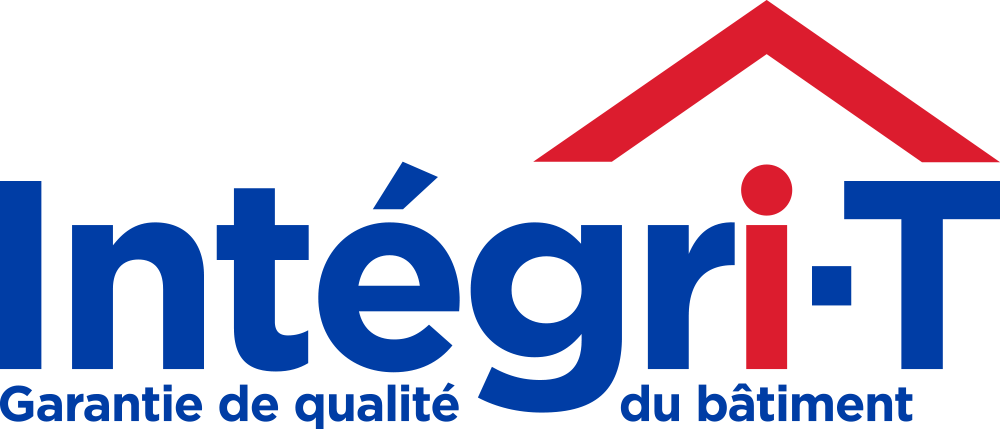Buying a house is a bit like saving for the long term. As a homeowner, you make monthly mortgage payments that finance your assets and allow you to build significant equity that you will recoup later when you sell your property.
Across Canada, real estate properties have appreciated significantly over the past decade. In Quebec, the median price of single-family homes has almost doubled over the past eight years, going from $110,000 in 2002 to $209,500 in 2010. There has therefore been an average appreciation of nearly 8% per year. And this growth is certainly not over if we consider the foreseeable evolution of the factors listed below.
What’s Driving the Residential Real Estate Market?
Whether you’re already a homeowner or about to become one, a property is one of the most important investments of your life. It is therefore necessary for you to know the four main factors that influence the evolution of the housing market: population growth, interest rates, income and socio-demographic trends.
It goes without saying that everyone needs housing and this is why the strength of the residential real estate market is directly linked to population growth. Whether through immigration, migration or natural population growth, the more positive the population growth, the stronger the demand for housing will be.
Interest rates also play a very important role in this sector of activity. When they are low, they considerably reduce financing costs and encourage consumers to become owners, to buy a larger or more luxurious property, or to renovate.
The increase in property values is also a fairly accurate reflection of households’ ability to pay. Thus, market strength is closely linked to job creation and household disposable income.
Finally, certain socio-demographic trends influence the real estate market. For example, when the size of households decreases, that is to say that more people live alone as has been the case for several decades, more properties find takers.
In conclusion, remember that, regardless of the economic sector, the price is always, neither more nor less, than an index of scarcity. So, all things being equal, an increase in demand means an increase in prices.




